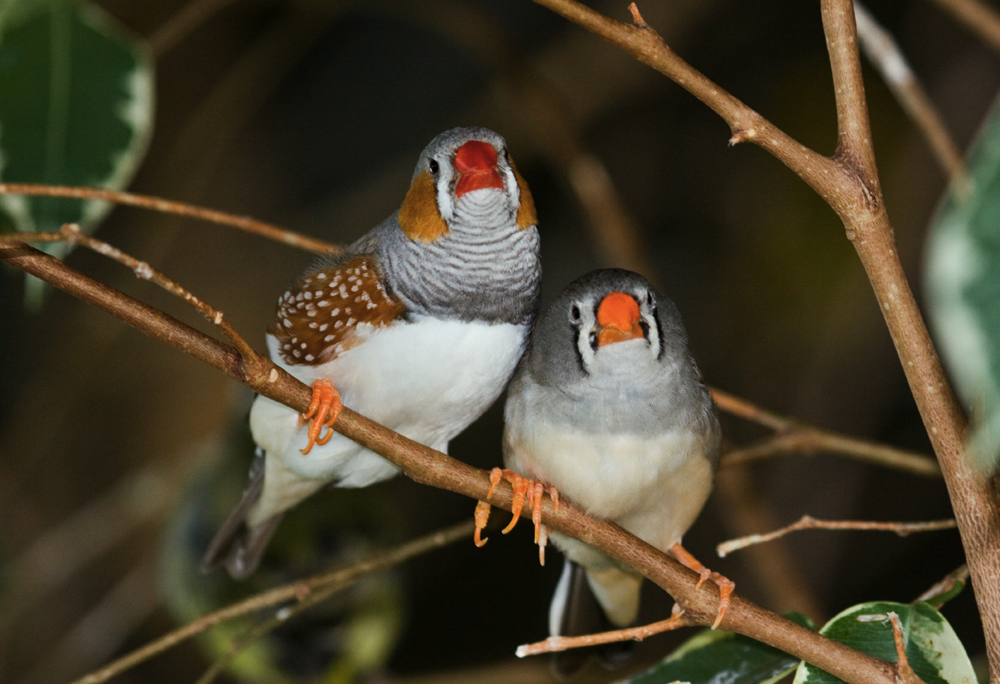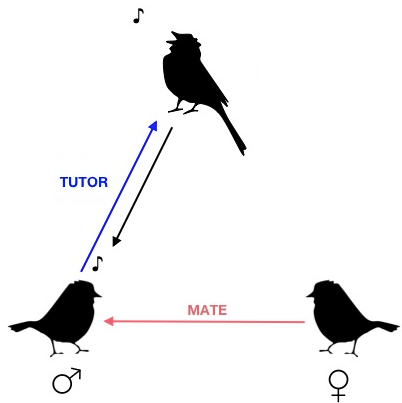P E N D A H U L U A N E T H O L O G I
AN INTRODUCTION TO ANIMAL BEHAVIOR
What is the sign of this behavior? What causes this behavior? Are they hardwired into the genes of animals or genetically engineered?
In summary
- This threat includes all methods of interaction with other organisms in the physical environment.
- Behavior can also be defined as changes in body activity in response to stimuli , external or internal signals, or a combination of signals.
- In order to create a chain of behavior, we must first know the reason, how it is formed in each one, how it is useful for the body and how it develops.
- some behaviors are innate or genetically determined, and there are behaviors that are genetic or determined by safety measures . In many cases, behavior has an innate component and an embodied component.
- behavior by natural selection. Many behaviors directly improve the health of the body, ie.
Introduction
Are long-term conkei squirrels the oaks of the subterranean oak? Does the cat meow when you feed it? Did the kids start watching in the kitchen when they got sick during dinner ?
If you haven't seen any of these, congratulations—you've made your first observations of biological behavior! Above is an example of Eve's behavior. In fact, the above behavior is only a small sample of unusual and strange behavior.
Arguments about what behavior the animal should display? Why animals do not need such behavior? Animals differ in their behavior in all areas of life: from finding food to meeting a mate, keeping rivals, hugging. Some of these behaviors are believed to be innate or hardwired into the body's genes. For example, squirrels with edible seeds and children learn to go to the kitchen when it's time to eat. superscript start, 1, superscript end other behaviors are listed, for example, tendinida fishing in the kitchen at dinner or kemenava reads the words on this screen.
In this article, we'll take a closer look at animal behavior—what makes it different, how it evolves, and how it can go from programmed to advanced.
What behavior is this?
In short , behavior in the air includes all ways of interaction in the air with representatives of other species, with organisms of other species and with the environment.
Behavior can be defined more narrowly as the body's activity in response to stimuli , external or internal signals, or their combination .
For example, a dog begins to spit - active behavior - in response to the appearance of food - a stimulus.
Behavioral biologists (ethologists) study biological and evolutionary tests of behavior. The modern behavioral biologist draws on the work of the related but distinct disciplines of ethology and comparative psychology.
- Ethology , like ecology or genetics, forms the basis of biology. I focus on the behavior of different organisms in the natural environment.
- Comparative psychologist is a continuation of a certain work in human psychology. Focuses mainly on species studied under laboratory conditions.
Behavioral biologists also draw on many studies with biologists—including genetics, anatomy, physiologists, evolutionary biologists, and, of course, neuroscientists—that trace the neural circuits of desired behavior.
Make members aware of the behavior
Nikolaas (Niko) Tinbergen is a Dutch ornithologist or bird biologist, deformed and admired as one of the pioneers of ethology. Based on his research, Tinbergen identified four different frameworks useful for understanding airborne behavior.
Let us consider these questions using the example of the song production of zebra finches - a common pennant.
- Cause - What caused the behavior? What triggers Perlicuaa and what body parts, functions and molecules are in its shells?Example: Singing is induced by social cues such as the proximity of potential mates as well as the hormonal proximity of sonication in zebra finches. The ability to produce song is influenced by hormones in food, and this is especially true when birds are eating. Singing occurs when air flows from the corners of the bronchi through an organ called a syrinx. Certain parts of the brain feed the zebra and control the creation and development of music.
- Development - How does the extension behave? Does the movie appear at the beginning of Gefiduan? Apart from that bahiga throughout the life of the body? What experience?Example: the zebra sparrow eats its young, first the canton nianyan eats the dog of its own species, its father's otala. Then they started singing. As adults, male zebra finches have learned to create unique songs, but these songs are often similar to their parents. After the sparrow finishes its song, it stays for life.
- Adaptive function / value - How does Samparat vehitat behave? Other specific behaviors such as the relationship between premenstrual body movement and reproduction?Example: Male zebra finches singing in pairs, makita kupanan leads them to breed. The chanting is part of an elaborate courtship ritual that induces a woman to marry a man.
- Phylogeny - How did behavior evolve? How does the behavior compare to related species? Why did it explode?Example: almost all bird species can make vocal sounds , but passerines are a suborder of songbirds . In relation to zebra finches, other passerine species differ in the auditory stage of their learning, their flexibility with interspecies chemistry throughout their lives, their use of singing, for example, in conservation. the couple is familiar




0 Response to "P E N D A H U L U A N E T H O L O G I"
Posting Komentar